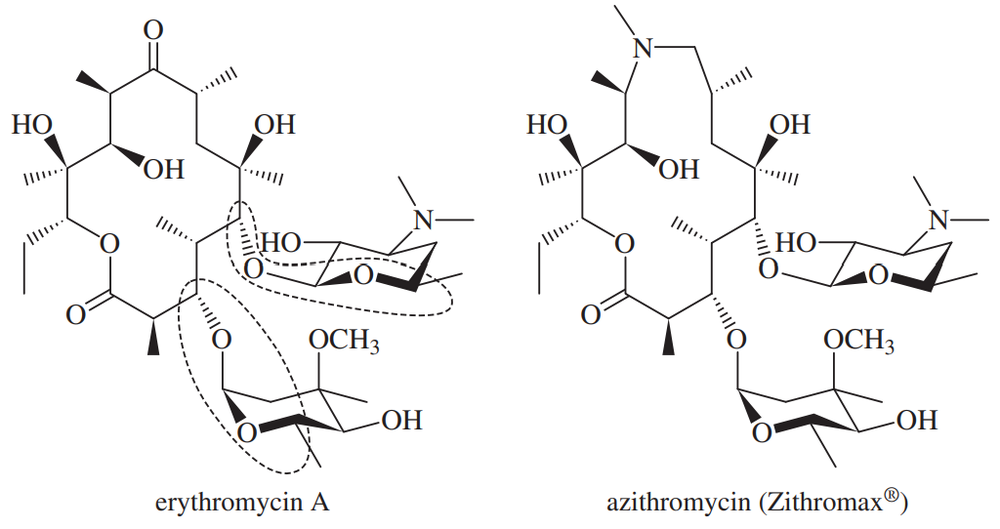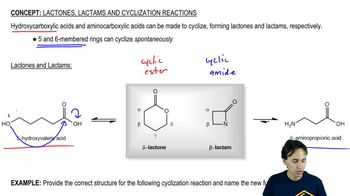In the presence of a trace of acid, δ-hydroxyvaleric acid forms a cyclic ester (lactone).
(a) Give the structure of the lactone, called δ-valerolactone.
(b) Propose a mechanism for the formation of δ-valerolactone.

 Verified step by step guidance
Verified step by step guidance Verified video answer for a similar problem:
Verified video answer for a similar problem:

